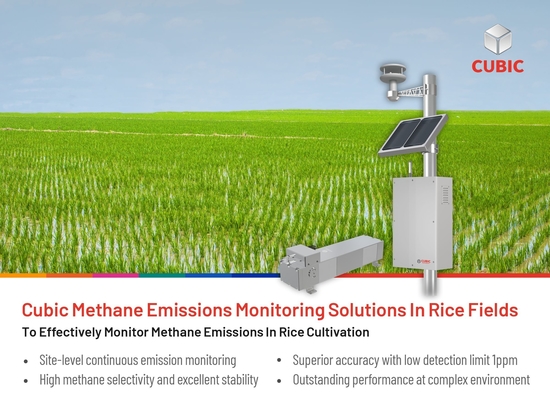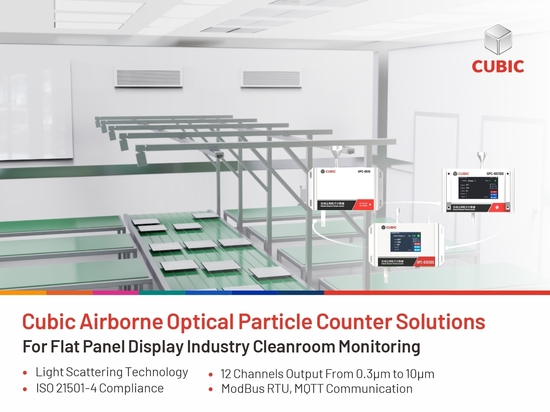
#Industry News
Optimizing Building Energy Efficiency with Cubic NDIR CO2 Sensor for DCV Systems
How High Accuracy CO2 Sensors Contribute to Building Energy Efficiency Savings?
In today’s energy-conscious world, reducing energy consumption and increasing energy efficiency has become a top priority. In the domain of modern building systems, Demand Control Ventilation (DCV) is an effective method for achieving energy savings.
Unlike traditional ventilation systems, which typically sustain a consistent level of ventilation, DCV systems are designed to provide a responsive approach that saves energy and maintains indoor air quality based on real-time indoor CO2 concentration data within the building space. The key to its functionality lies strategically positioned CO2 sensors, delivering continuous and precise measurements of indoor CO2 levels. Usually, before the CO2-based DCV system starts running, the corresponding indoor CO2 concentration threshold is set in advance, and the set thresholds are generally in accordance with ASHRAE standards. When the CO2 concentration exceeds a set threshold, the control unit will send a control signal to the fresh air system to increase ventilation. Once the CO2 concentration drops below the set CO2 threshold, the fresh air system will reduce indoor ventilation to minimize energy consumption.
Therefore, the CO2-based DCV system can achieve greater energy savings by regulating ventilation volume through fan speed adjustments. The system's ability to dynamically respond to indoor air quality conditions allows for significant energy conservation. According to an experiment conducted by Taheri and Razban (2021), the difference in total energy consumption between the ventilation system (Current) and the CO2-based DCV system is substantial. The results demonstrate that a CO2-based DCV system set at a CO2 level of 1000 ppm could save 51.4% of energy compared to a ventilation system (Current) with an average fan flow rate of 0.90 m3/s, showcasing the remarkable efficiency of the CO2-based DCV system.
Cubic, specializing in advanced gas sensors and gas analyzers, has established a gas sensing technology platform based on NDIR technology that produces CO2 sensors with high accuracy, long lifespan, auto-zero-calibration mechanism, and continuous monitoring capabilities. In compliant with ASHRAE Standard, Cubic NDIR CO2 Sensor empowers DCV systems to maintain outstanding indoor air quality and improve energy efficiency.
Supported by a resilient supply chain, Cubic seamlessly integrates innovation and lean production methods to fulfill burgeoning customer needs with comprehensive gas sensing solutions. Through the utilization of mass production and the integration of in-house components, Cubic ensures rigorous cost management, to deliver cost-effective products without sacrificing quality. Cubic also provides customized services to accommodate the flexible and diverse product requirements of customers.
With 20-year dedication to gas sensing technology, Cubic, as a leading manufacturer, will remain vigilant regarding changes in ASHRAE Standard to provide qualified and reliable gas sensing solutions globally. Cubic will keep devoting the best efforts in DCV applications, with the aim of driving significant technological advancements.




